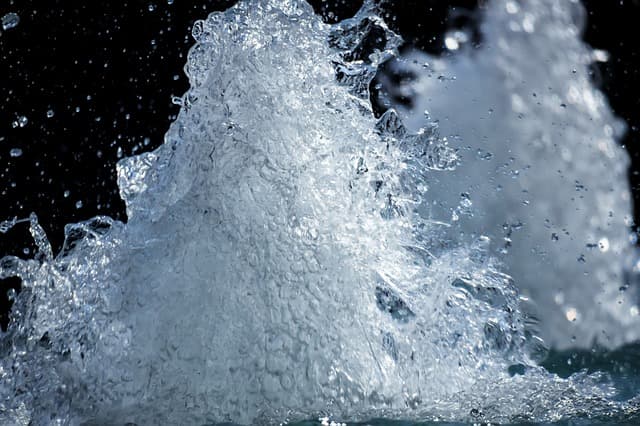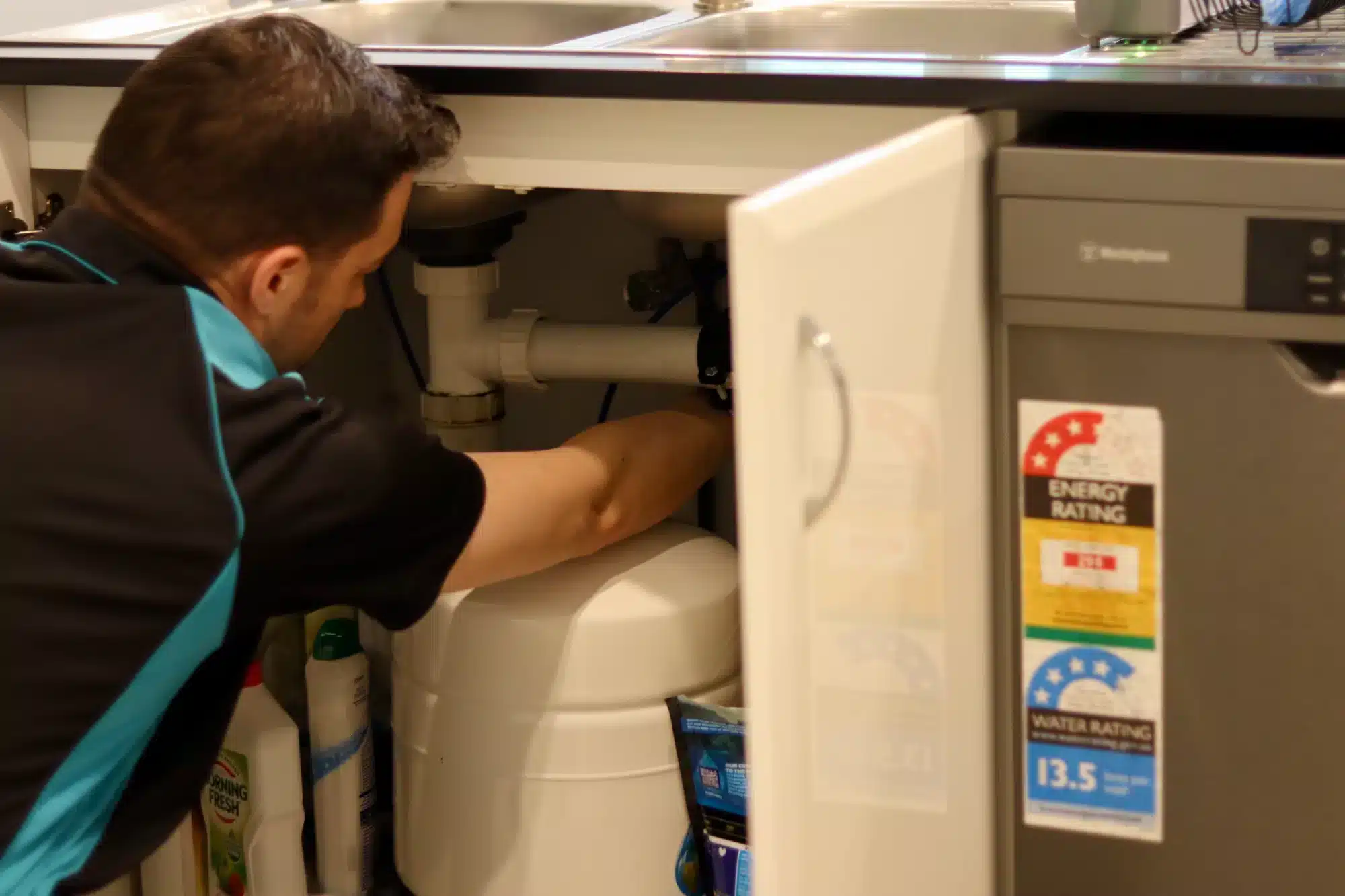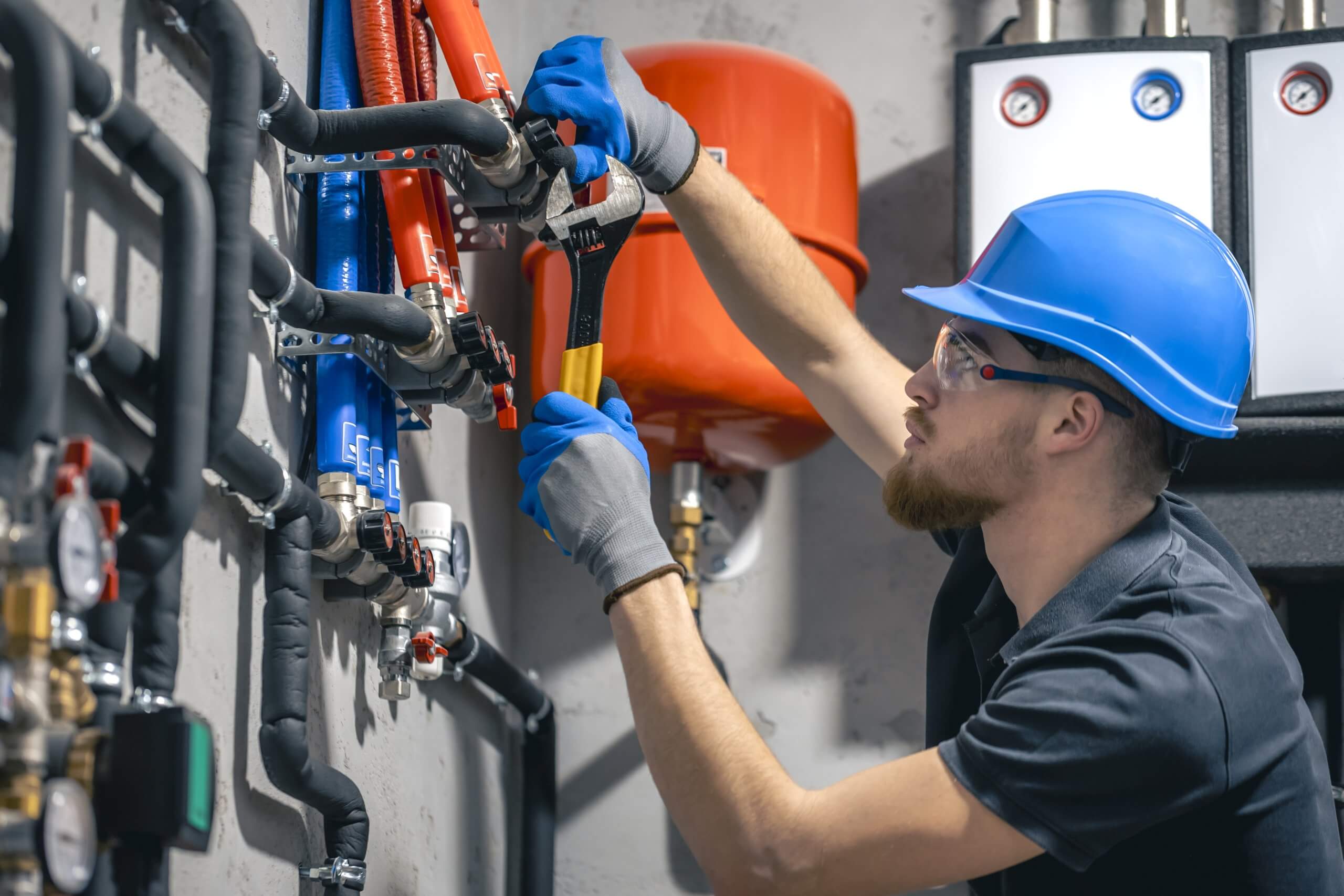Cloudy water from tap is a surprisingly common issue that affects many households across Australia. Often presenting as milky, hazy, or slightly white water, this phenomenon can raise concerns about the safety and quality of your drinking water. Fortunately, in most cases, cloudy tap water is not harmful and is typically caused by air bubbles, hard water, or minor sediment—issues that can be easily identified and resolved. However, understanding the true cause behind the cloudiness is essential to ensure your water is safe to use and drink. In this guide, we’ll explore the most common causes of cloudy water from tap, how to fix them, and when to seek help from a professional plumber.
What is cloudy water from tap that is generally caused by various factors?
Cloudy tap water is a common issue experienced by many households across Australia, characterised by a milky, off-white, or hazy appearance. While this may seem concerning, it’s often caused by relatively harmless factors and not harmful one. However, it’s essential to properly identify the cause of the cloudiness to ensure that it’s not a sign of a more serious problem.
Cloudy tap water can be caused by various factors, including air bubbles, hard water, and the presence of particles or sediment in the water supply. In most cases, cloudy drinking water is harmless and is often the likely cause of concern; however, there are situations where it requires attention to ensure there are no harmful elements present.
Causes of Cloudy Water
Understanding the underlying causes of cloudy tap water can help determine whether it’s something you can easily fix or whether professional help is required for your drinking water. The most common causes of cloudy water and other causes that may arise re:
Air Bubbles
Tiny air bubbles are the most frequent cause of cloudy or milky water. When tiny air bubbles trapped, or air trapped in the water supply, get trapped, it can form bubbles that create a cloudy appearance. This is usually harmless and clears up quickly. There are several reasons why air might get trapped in the water:
- Trapped Air in the Pipes: When water flows through pipes, air can sometimes become trapped in the system. This often happens after plumbing work or during changes in water pressure, which can result in air entering the pipes.
- Recent Plumbing Work: Any recent repairs, renovations, or installations in your home’s plumbing system can disturb the water flow and cause temporary air bubbles. When the water pressure stabilises, the bubbles should naturally dissipate, and the water will return to normal.
- Blocked Aerators: A blocked aerator (the small mesh filter at the tip of the tap) can also cause air to be forced into the water supply, creating bubbles that cause the water to appear cloudy. Cleaning or replacing a clogged aerator should resolve this issue.
Hard Water
Hard water is another common cause of cloudy tap water. In areas where the groundwater contains high levels of dissolved minerals such as calcium, magnesium, and other minerals, the water becomes “hard”. While water that is considered hard is safe to drink, it can have a few undesirable effects, including:
- Cloudiness from Mineral Content: Groundwater, which is the source for many of Australia’s water supplies, may have a high concentration of minerals that cause the water to appear cloudy or milky. This is particularly noticeable in regions with high mineral content in the water supply.
- Mineral Build-up in Pipes: Over time, hard water can leave deposits of limescale in pipes and on fixtures, which can cause blockages or a reduction in water flow. While the water itself remains safe to drink, these minerals can affect the performance of plumbing fixtures and appliances.
- Skin Health: Hard water can cause dryness and irritation on the skin, especially for individuals with sensitive skin. It can also leave spots and residue on dishes, glassware, and appliances.
Particulates or Sediment
Particulates or sediment in the water supply can cause cloudy tap water. This is typically a sign of a larger issue and can indicate that there are foreign particles in the water, such as dirt, rust, or silt. In rare cases, the presence of particulates may be linked to bacteria or other waterborne diseases.
- Water Supply Issues: Sediment can sometimes enter the water system when there’s a disruption to the water supply, such as during maintenance or repairs. Rust, silt, or other debris may enter the pipes, causing cloudy water to emerge from the tap.
- Bacterial Contamination: While unusual, the presence of particulates can sometimes be a sign of bacterial contamination or waterborne pathogens. It’s crucial to contact a local plumber if you suspect particulates in your water to rule out any health concerns.
Is Cloudy Tap Water Safe to Drink?
Cloudy tap water is usually safe to drink if caused by tiny air bubbles or hard water. These causes are typically harmless, and once the water clears, it is important to ensure that cloudy water safe to consume.
- Air Bubbles: If the cloudiness is caused by air bubbles, the water is entirely safe to drink. The bubbles will naturally dissipate, and the water will clear up within a short period.
- Hard Water: Hard water, despite its cloudy appearance, is also safe to drink. The minerals present in hard water don’t pose a health risk. However, prolonged exposure to hard water can cause limescale build-up in your pipes and appliances, which may affect their efficiency over time.
- Particulates or Sediment: If the cloudiness is caused by particulates, it may indicate the presence of foreign material in the water supply. While most tap water in Australia is treated to meet safety standards, sediment can sometimes be a sign of a larger issue. If you’re concerned, it’s best to contact a plumber to ensure the water is safe.
Resolving Cloudy Tap Water Issues
Most of the time, cloudy tap water can be resolved quickly. However, the method of resolution will depend on the cause of the cloudiness, including issues related to pressurised water pipes. Here are several ways to address common causes:
Let It Sit
If your tap water is cloudy due to air bubbles, simply letting it sit for a few seconds or up to a minute will allow the bubbles to rise and dissipate. This is the easiest fix as air rises nd doesn’t require any intervention. If the water clears after a short time, the cloudiness is due to trapped air, and there’s no need to worry.
Use a Water Softener
If the cloudiness is caused by hard water, installing a water softener can help. A water softener works by filtering out the minerals responsible for hard water, such as calcium and magnesium. This will prevent limescale build-up in your pipes, reduce cloudiness, and improve the overall quality of your water. Water softeners can be installed at the point of entry to your home’s water supply or at individual taps.
When to Call a Professional
If the cloudiness persists despite your efforts to resolve it, or if you suspect that particulates or sediment are the cause, it’s time to contact a professional plumber. A plumber can inspect your water supply, diagnose the cause of the cloudiness, and recommend the appropriate solution.
- Sediment in Water: If you suspect that particulates or sediment are present in your water, it’s essential to contact a local plumber immediately. They can inspect the plumbing system for blockages, rust, or sediment accumulation and ensure that the water is safe to consume.
- Bacterial Contamination: If there’s a chance that bacterial contamination is the cause of the cloudy water, a professional plumber can provide guidance and take necessary steps to ensure that your water supply is safe for consumption.
Alternatives to Tap Water
If you’re concerned about the quality of your tap water or prefer to have an extra layer of protection, you may want to consider contacting your water supplier of installing a reverse-osmosis filtration system. These systems are highly effective at removing minerals, contaminants, and impurities from your water, which can help resolve issues of discoloured water improving its purity and clarity.
Alternatively, bottled water or a home water filtration system can provide peace of mind, especially in areas where water quality is a known concern. However, using bottled water or filtration systems may not be necessary if your tap water is safe but simply cloudy due to harmless air bubbles or mineral build-up.
Conclusion
Cloudy tap water is a concern for many Australian homeowners, but it’s often caused by harmless factors such as air bubbles or hard water. Identifying the cause of cloudy water in your plumbing system s completely harmless and essential to ensure it’s safe to drink and to determine the appropriate solution. By letting the water sit, using a water softener, or contacting a professional plumber, you can resolve most cases of cloudy tap water.
If the problem persists or you suspect that particulates or sediment are present in your water supply, it’s always best to contact a qualified plumber to inspect your system for any potential leak. With the right action, you can enjoy clear, safe, and high-quality tap water once again.
Frequently Asked Questions (FAQs)
Is cloudy water from a tap safe to drink?
Cloudy water caused by air bubbles or hard water is generally safe to drink. However, if you suspect particulates or sediment, it’s best to have the water inspected by a professional.
How do you fix cloudy tap water?
For air bubbles, simply let the water sit for a short time to allow the bubbles to dissipate. For hard water, consider installing a water softener. If sediment or particulates are the cause, consult a plumber.
How to fix cloudy tap water in Australia?
Cloudy water in Australia can often be fixed by letting it sit, installing a water softener for hard water, or cleaning or replacing a clogged aerator.
Why is the water coming out of my tap milky?
Milky or cloudy water is often caused by air bubbles or hard water. It should clear up on its own if air bubbles are the issue. Hard water requires a water softener.
How do I fix cloudy tap water?
If the water is cloudy due to air bubbles, allow it to sit for a minute. For hard water, install a water softener. Contact a plumber if particulates or sediment are present.
How do you get cloudiness out of water?
Cloudiness caused by air bubbles can be removed by allowing the water to stand. For mineral-induced cloudiness, a water softener may be necessary. If sediment is the cause, a professional plumber can help.






